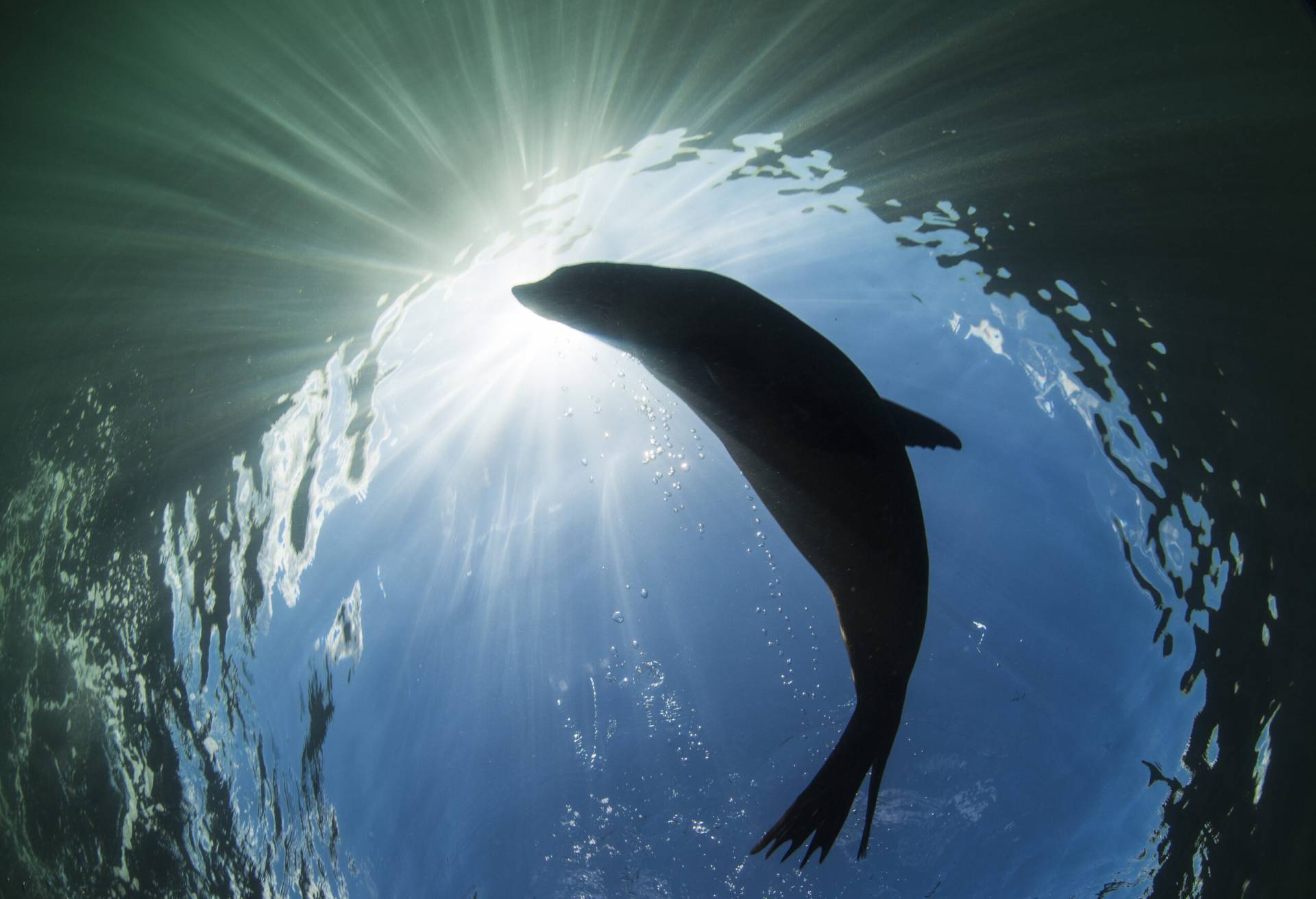ESA 2024
9-13 December 2024
Melbourne Convention and Exhibition Centre (MCEC), Melbourne, Victoria
We invite you to Naarm (Melbourne), on the traditional lands of the Kulin Nation, for ESA 2024. Learning about how nature works includes identifying fundamental driving processes, characterising important interactions, and communicating those discoveries effectively. This is how ecology advances, providing stories that engage and explain nature to a lay audience, as well as underpinning applications of our science to ecological problems with practitioners on-ground. Never has it been more important to do good science to understand ecological systems and to provide the evidence that supports sound environmental policies and effective conservation and management. The conference will showcase the science of ecology in Australia – across all its varied forms – and be an opportunity to explore the connection between science theory, science research, science policy and science on-ground outcomes. We look forward to seeing you at ESA 2024 to connect, share and inspire ecologists and those that use our work.
John Morgan, Chair of the Local Organising Committee
About ESA 2024
The conference of the Ecological Society of Australia (ESA 2024) will be held at the Melbourne Convention and Exhibition Centre (MCEC) from 9-13 December 2024. ESA 2024 will be an in-person conference. All sessions will be recorded, and made available after the conference. If you are not able to attend in person, you can register to receive access to presentation recordings post-conference (costs to be advised)
KEY DATES
Call for Symposia
- Opens: Tuesday 6 February
- Closes: Monday 11 March
Call for Abstracts
- Opens: Thursday 11 April
- Closes: Friday 12 July
- Earlybird registration closes: Friday 6 September
About our ESA 2024 Logo
Our ESA 2024 conference logo represents a collection of threatened and iconic species that occur within the Kulin Nation (south-central Victoria) close to the conference venue in Naarm (Melbourne). These include:
- Kangaroo Grass (Themeda triandra) which is widespread across woodland and grassland communities in the region;
- Mountain Ash (Eucalyptus regnans), the tallest flowering plant on the planet, currently threatened by wildfire and logging;
- Eltham Copper Butterfly (Paralucia pyrodiscus lucida) which persists in fragmented patches in residential suburbs, where it forms a symbiotic relationship with Sweet Bursaria (Bursaria spinosa) and Notoncus ants;
- Helmeted Honeyeater (Lichenostomus melanops cassidix), Victoria’s critically endangered bird emblem whose wild populations now consist of less than 200 individuals; and
- Grassland Earless Dragon (Tympanocryptis pinguicolla) which was recently rediscovered on Wadawurrung Country to the west of Naarm.
The conservation and management of such threatened and iconic species is reliant on appropriate environmental policy, informed by high-quality ecological research – an example of what we hope to showcase at ESA 2024.


